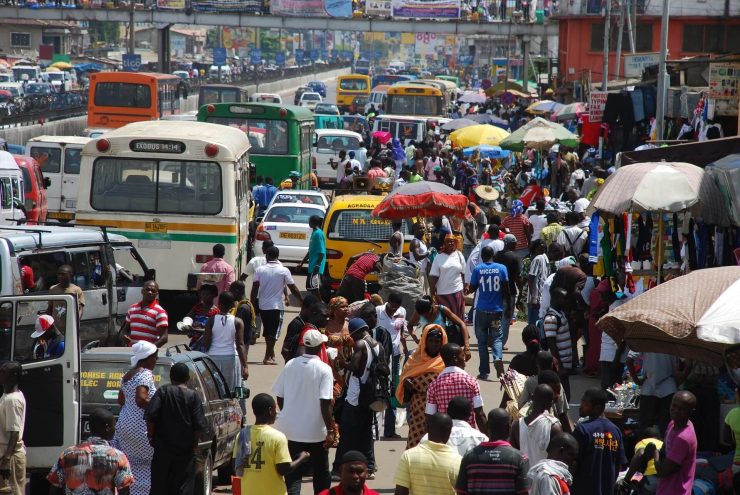Why place is important in innovation
Place-based economic development approaches have been gradually spreading across different areas of policy-making and governments levels around the world.
Although place-based thinking is not new in regional and urban economic development, regulators and scholars were more focused on developing aggregate macroeconomic policies and frameworks during the first few decades of the post-war era.
It wasn’t until the 90’s that place-based theories gained more momentum. Cities were recognised for providing the links between trade and economic growth, while local economic activity clusters were seen as a vital force driving national economies.
Although the theories that emerged differed, they all found that knowledge exchange, spillovers and diffusion were important driving forces of economic growth.
Around this time, globalisation, the process that would forever change global economic development, began.


